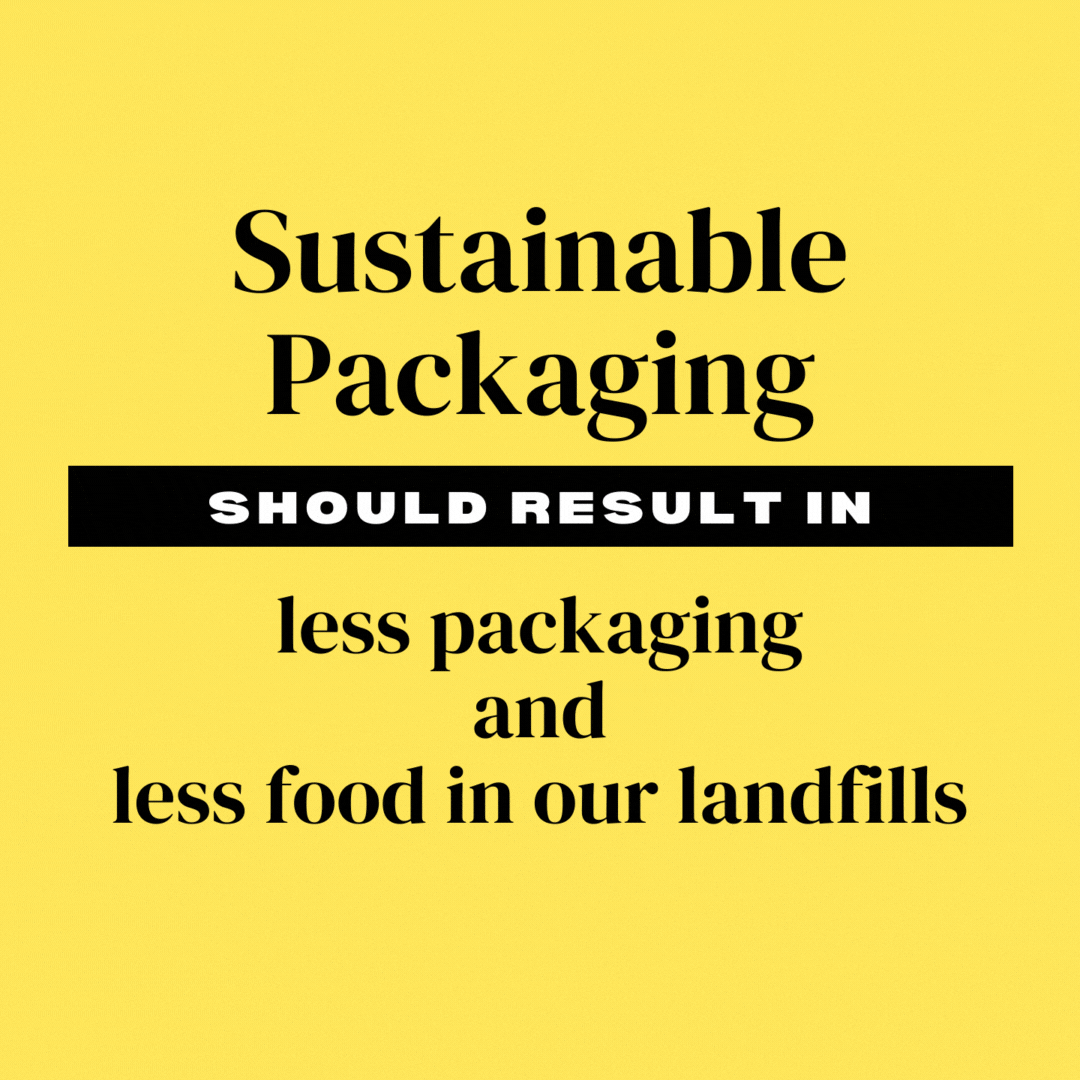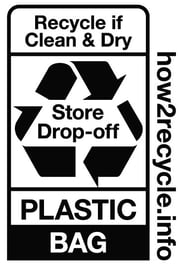Ways to Approach Sustainability
As demographics continue to shift, generational influences impact the demand for more sustainable packaging solutions. Oftentimes, though, these consumer preferences exist in a vacuum without the bigger understanding of packaging performance, product shelf-life, and the role packaging plays in preserving food quality. Brands must choose their sustainability initiatives wisely based on their particular production and product needs, and often times that means choosing one or two specific approaches to building and communicating a sustainability story.
Known Challenges in Balancing Packaging Use and Food Waste
- Out of 130.6 million tons of annual waste, 21.9% is food waste, 19.2% is plastics, and 13.1% is paper and paperboard (EPA, 2020)
- The demand for compostable or biodegradable packaging is increasing without sufficient infrastructure to support intended end-of-life design
- The throwaway culture has impacted plastic packaging perception, pulling attention away from the benefits
 Sustainability and the Role of Flexible Packaging
Sustainability and the Role of Flexible Packaging
Despite the negative (and oftentimes inaccurate) perceptions of plastic packaging, it is a very necessary tool for fresh produce growers and shippers. This growing focus on eco-friendly solutions has led to a growing transition from rigid to flexible packaging for its many sustainability benefits.
However, eco-friendly packaging should not just pertain to the material itself, but also to the way it preserves and protects the food inside. In that regard, there are two things to look at: packaging design that extends shelf-life to directly combat spoilage and packaging design with portion control in mind to reduce over-buying and/or over-cooking.
Here are eight ways to approach building and communicating a sustainability program with flexible packaging as the cornerstone:
Innovative Design:
Quality and performance are key factors for any packaging type. Through innovative design, producers and brand owners can appeal to consumers with stand-out structure, artwork and messaging. On the production side of packaging, it is important to understand how the designed bag will be processed, packed and distributed. This will help designers determine how to best manage the material usage without neglecting the operations this package must go through.
Impression:
Packaging presentation is equal to product appeal. It is important to individualize your packaging to represent your brand in such a way that it will stand out on the store shelf. A strong brand impression is made by using eye-catching colors, interesting packaging shapes and sizes, logo and other branding elements, as well as messaging that communicates health, experience, or feel-good language.
Materials:
Along with building a great brand impression, companies now have to focus on the eco-friendliness of their packaging by way of using recyclable materials, recycled content, or packaging that promotes extended shelf-life. Through various surveys, it has been reported that consumers are willing to pay more for products that are packed in responsible materials.
Carbon Footprint:
Flexible packaging is a lean packaging option that aids in the overall reduction of freight costs and decreases greenhouse gas emissions. Some companies set initiatives around reducing the total number of pounds and/or tons of greenhouse gas released.
Market Cost:
Flexible packaging offers recyclable materials at very cost-effective price points and provides the additional benefit of equipment automation which, in turn, reduces waste at the production level.
Food Waste:
According to the statistic from the EPA, food waste is the most prominent landfill material. With retailers strengthening their Corporate Sustainability Agendas, fresh produce brands have been reviewing their packaging programs to more effectively protect and prolong their products so as to avoid food waste food at store-level as well as post-purchase. One small, non-functional packaging change has been the addition of a recipe on pack to encourage consumers to cook and consumer their purchase before it goes bad.
Shelf-life:
Food spoilage is naturally occurring and happens over time. There are different factors that play into the breakdown of food: microorganisms, enzymes, air, light, pests, physical damage, and time. While proper storage plays a significant role in mitigating these factors, one must also understand the similarities and differences between commodities when it comes to the optimal packaging environment of each. Flexible packaging takes these needs into account during design, allowing (and even encouraging) fresh produce to be stored in it's original packaging once it's brought home. For example, our Fox Combo Ultra Shield® bag blocks UV light, preventing potatoes from greening and growing.
Recyclability:
The recyclability of flexible packaging can be very confusing, thanks to an overwhelming amount of greenwashing by brands trying to get a leg up in the sustainability debate. Transparent communication about a package’s components and its overall recyclability is critical for creating cleaner reclaimed material streams. The How2Recycle program assists consumers in properly recycling the different components of packaging that you can find on store shelves. This provides an added layer of transparency for brands and helps retailers more clearly understand the package types and how they impact their sustainability goals.
Of course, the balance between a retailer's sustainability goals and each brand's sustainability goals can be a challenge. It is the goal of flexible packaging manufactures like Fox Packaging to understand those goals and continue research and development in their materials and designs to support sustainable programs of all shapes and sizes.
Sources
1. FPAValueofflexiblepackaginginreducingfoodwaste.pdf (worldpackaging.org)





